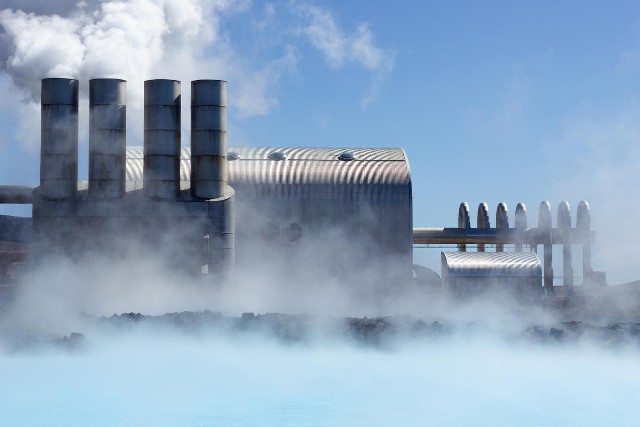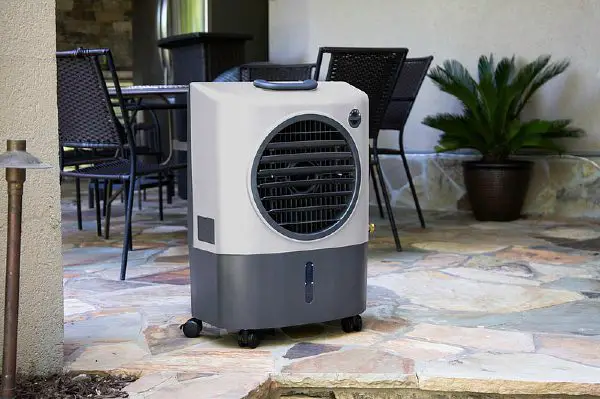
AFRILCATE
WHAT IS EVAPORATIVE COOLING?
Evaporative cooling is a rapid cooling phenomenon that involves the evaporation of liquid from a surface or an environment.
Water has a large enthalpy of vaporization. Therefore, it needs a relatively large amount of heat to change phase from liquid to gas.
Evaporation occurs when the water molecules absorb enough heat to break the intermolecular bonds.
Evaporation is an endothermic process; this means that the gas formed takes the heat along while leaving the surface.
This leads to a corresponding temperature drop on the surface hence it feels cool.
The cooling effect caused by surface temperature drop as a result of evaporation is what is referred to as evaporative cooling.
This phenomenon explains why our skin feels cool when the body sweat evaporates.
TYPES OF EVAPORATIVE COOLING
There are two types of evaporative cooling:
- Direct Evaporative Cooling and
- Indirect Evaporative Cooling.
1. Direct evaporative cooling
Direct evaporative cooling is the simplest form of evaporative cooling and is widely applied in dry regions.
Direct evaporative cooling system uses a blower to draw hot air from the outside environment and passes the hot air through a dampened sponge-like pad.
The water content in the pad absorbs the heat from the hot air and it evaporates from the pad.
The air leaves the cooling chambers either directly or through ducts at a much lower temperature suitable enough to cool the surrounding environment.
A direct evaporative cooling system works best in a hot, dry climate where it’s okay to add humidity to air while cooling it.

2. Indirect evaporative cooling
Indirect evaporative cooling works on the same principle as direct evaporative cooling lowering air temperature by causing water to evaporate.
The main difference between a direct and indirect evaporative cooling system is that:
A direct cooling system forces air through a dampened sponge-like pad with the help of a blower while an indirect cooling system uses a heat exchanger is to cool the air supplied to the living space.
The evaporative cooling cycle occurs in the heat exchanger therefore the water content of the cooled air remains unchanged in an indirect evaporative cooling system.
Indirect evaporative cooling lowers the air temperature without adding moisture to the air, making it more attractive than direct cooling.

indirect evaporative cooling
Apart from stand-alone types of evaporative cooling systems, there are devices that combine both direct and indirect evaporative cooling system.
EVAPORATIVE COOLERS
Evaporative coolers, also known as swamp coolers are devices that use the cooling effect of the evaporation of liquid water to cool an air stream directly or indirectly.
The evaporative coolers are energy-efficient, cost-effective, eco-friendly and easily maintained.

BENEFITS OF EVAPORATIVE COOLING
With a combined effort of cooling and strategically placed ventilation, evaporative cooling can solve these problems with unprecedented energy efficiency and incredible cost reduction.
Evaporative cooling offers:
- Improved efficiency and operational capability by introducing fresh, cool air in your facility
- Elimination of the use of refrigerant gases
- Reduction of carbon emissions; as well as
- Improve your corporate environmental credentials.
The cooling system boasts not only key environmental benefits but delivers incredibly high-efficiency rates due to its remarkably low energy consumption rates.
Evaporative coolers are far more economical than any other conventional air conditioning system.
Theyd can produce 35kw of air cooling for every 1.5kw of electricity consumed.

